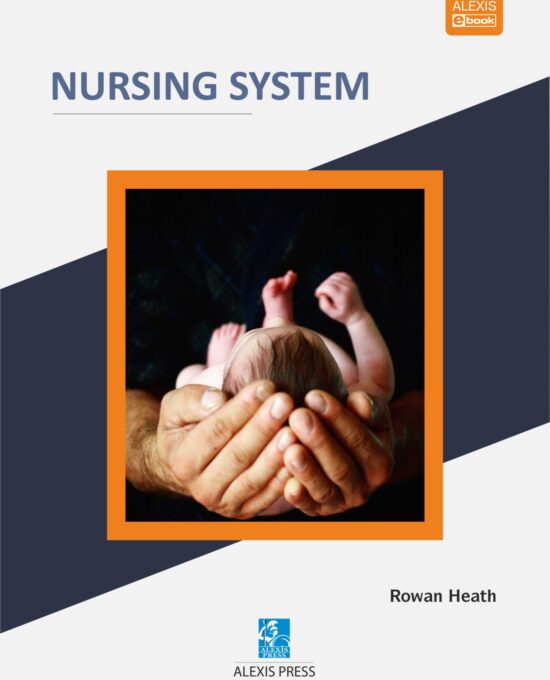Nursing System
$135.00
Circulatory physiology describes the structure and operation of the circulation in living animals and enquires how or why the circulatory system may have evolved. The circulatory system in all vertebrates has multiple functions, but all parts are involved in regulating the animal's internal environment (promoting homeostasis). In all vertebrates, the circulatory system consists of a central pump, the heart, which drives a liquid transport medium, the blood, continuously around a closed system of tubes, the vascular system.
Nursing System
$135.00
Circulatory physiology describes the structure and operation of the circulation in living animals and enquires how or why the circulatory system may have evolved. The circulatory system in all vertebrates has multiple functions, but all parts are involved in regulating the animal's internal environment (promoting homeostasis). In all vertebrates, the circulatory system consists of a central pump, the heart, which drives a liquid transport medium, the blood, continuously around a closed system of tubes, the vascular system.
Practice In Nursing Disorders
$135.00
The food can also harden into solid masses, called bezoars, that may cause nausea, vomiting, and, sometimes, obstruction in the stomach. This can be dangerous if they block the passage of food into the small intestine. A genetic disorder is a disease caused by a different form of a gene called a variation, or an alteration of a gene called a mutation. Many diseases have a genetic aspect. Some, including many cancers, are caused by a mutation in a gene or group of genes in a person’s cells. These mutations can occur randomly or because of environmental exposure such as cigarette smoke.
Practice In Nursing Disorders
$135.00
The food can also harden into solid masses, called bezoars, that may cause nausea, vomiting, and, sometimes, obstruction in the stomach. This can be dangerous if they block the passage of food into the small intestine. A genetic disorder is a disease caused by a different form of a gene called a variation, or an alteration of a gene called a mutation. Many diseases have a genetic aspect. Some, including many cancers, are caused by a mutation in a gene or group of genes in a person’s cells. These mutations can occur randomly or because of environmental exposure such as cigarette smoke.

